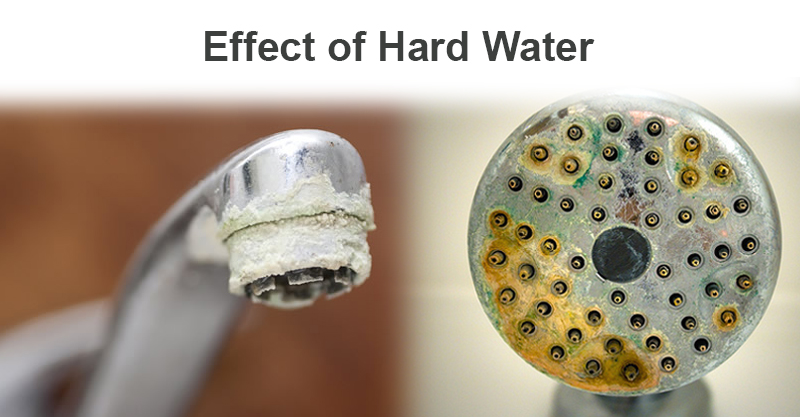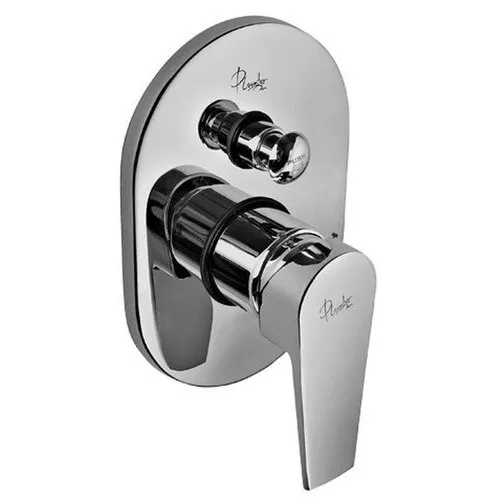The Process:
The heart of a water softener is a mineral tank. It’s Filled with small polystyrene beads, also known as resin or zeolite. The beads carry a negative charge. Calcium and magnesium in water both carry positive charges. This means that these minerals will cling to the beads as the hard water passes through the mineral tank. Sodium ions also have positive charges, albeit not as strong as the charge on the calcium and magnesium.When a very strong brine solution is flushed through a tank that has beads already saturated with calcium and magnesium, the sheer volume of the sodium ions is enough to drive the calcium and magnesium ions off the beads. Water softeners have a separate brine tank that uses common salt to create this brine solution. In normal operation, hard water moves into the mineral tank and the calcium and magnesium ions move to the beads, replacing sodium ions. The sodium ions go into the water. Once the beads are saturated with calcium and magnesium, the unit enters a 3-phase regenerating cycle. First, the backwash phase reverses water flow to flush dirt out of the tank. In the recharge phase, the concentrated sodium-rich salt solution is carried from the brine tank through the mineral tank. The sodium collects on the beads, replacing the calcium and magnesium, which go down the drain. Once this phase is over, the mineral tank is flushed of excess brine and the brine tank is refilled.
CHEMICAL REACTION DURING SOFTENING PROCESS :-
Ca (HCO3)2 + Na2 R = RCa + NaHCO3CaSO4 + Na2 R = RCa + Na2SO4MgCl2 + Na2
R = RMg + NaCl
REGENERATION PROCESS :-
Raw water will continue to get softened till the resin gets exhausted. Bringing back the resin to it original form is called regeneration. Softener resin is regenerated by sodium chloride- Nacl (Common salt) solution. The common salt solution is kept in the regeneration tank. During the regeneration process, salt solution is injected by the ejector tube into softener. The Nacl (salt solution) replaces ca, Mg (Hardness) from the resin, the regeneration is done every day or every few days or every week depending upon the usage and design of the water softener plant.CHEMICAL REACTION DURING REGENERATION PROCESS :-
RCa + NaCl = RNa + CaCl2RMg + NaCl = RNa + MgCl2
Application:
- Boiler Feed
- Cooling Tower Make-Up
- Air Conditioning Plant
- Textile Processing
- Beverage Production
- Hospitals, Hotels, Laundries etc.







